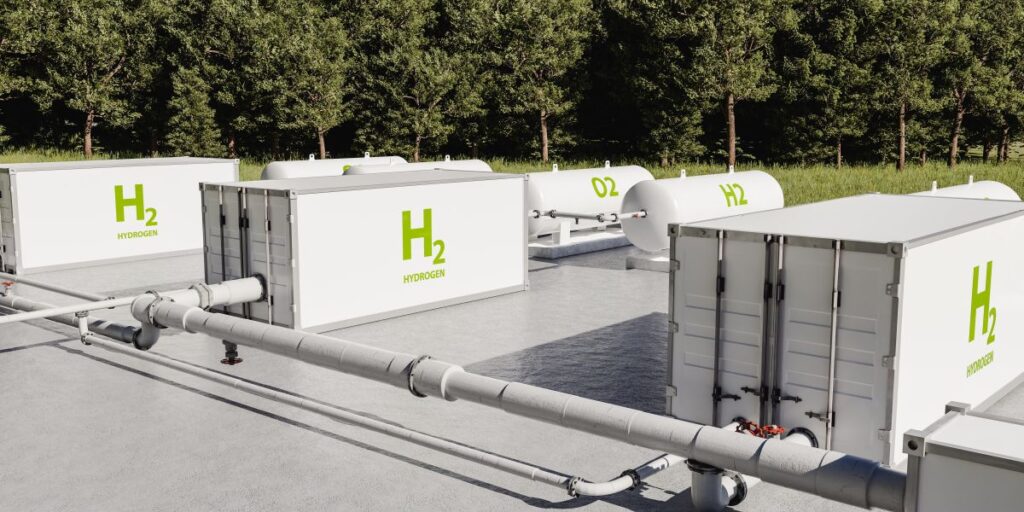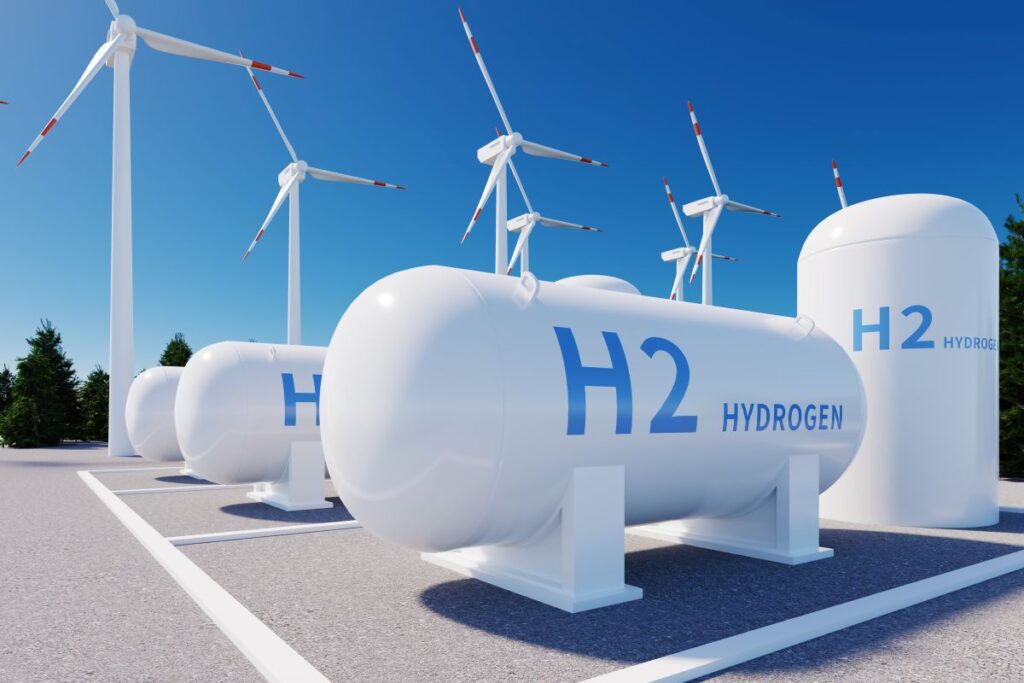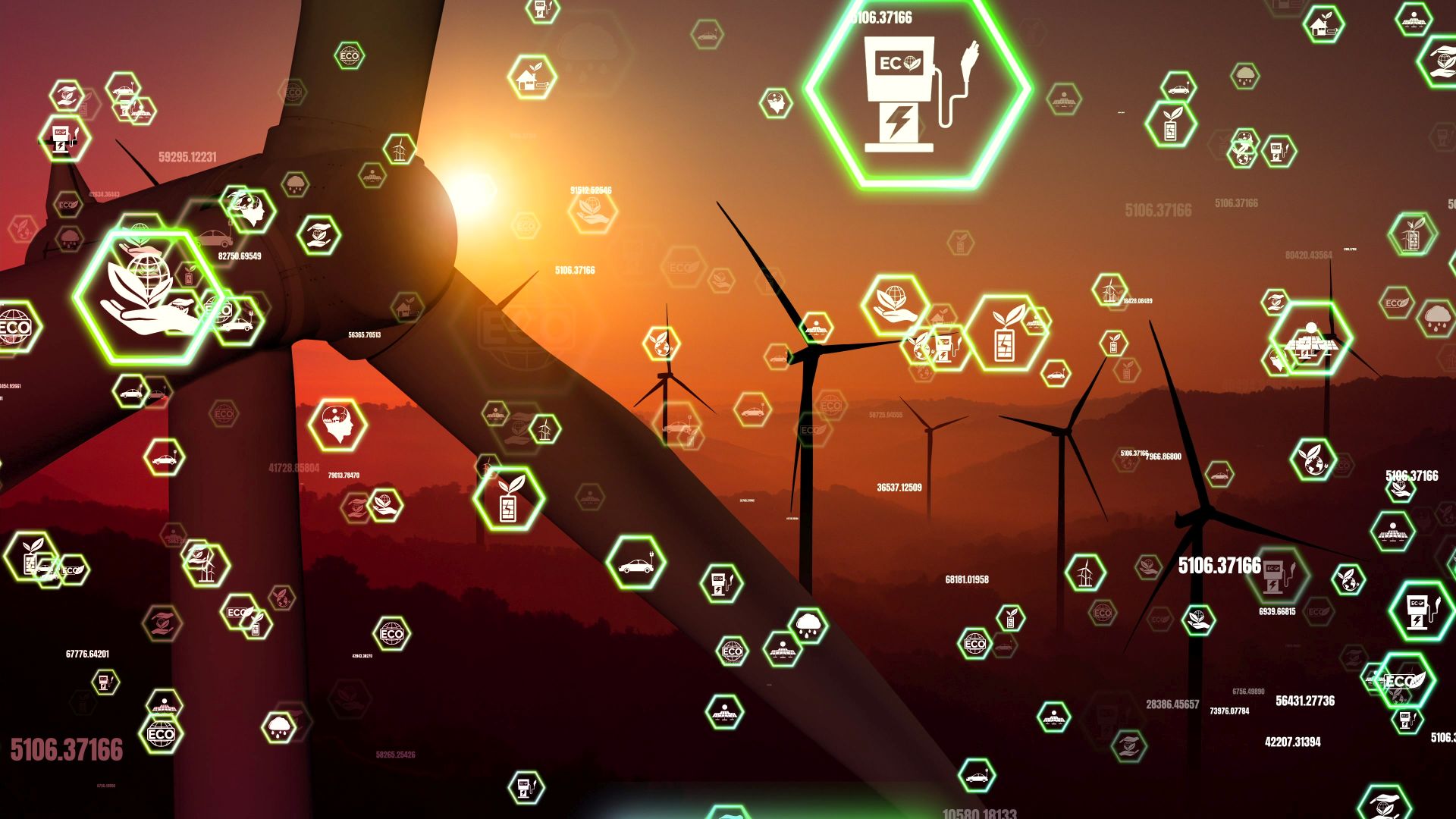Introduction
In the United States, this cutting-edge technology is key in decarbonizing industries and is an essential resource in building energy self-sufficiency and economic strength. Green hydrogen is produced using the electrolysis of water with renewable energy, and it is set to become a game changer in the transition toward sustainable energy systems. The difference between green and traditional hydrogen from natural gas is that green hydrogen allows for favorable cuts in carbon emissions during production and consumption.
Industrial Applications as a Breakthrough in Emissions Reduction
The application of green hydrogen can change the landscape for many industries that require high levels of energy. As such, it is very important for U.S. companies looking to achieve compliance and sustainability objectives. Industries like steel manufacturing, which are still reliant on coal for high-temperature processes, can switch to using green hydrogen. This will go a long way in eliminating carbon emissions and creating the capability to manufacture “green steel.” Similar use cases are possible in cement production and chemical manufacturing, where the reduction of carbon emissions has been painstakingly slow.
Incorporating green hydrogen works with extremely aggressive decarbonization objectives for companies navigating compliance and sustainability in the United States, positioning the U.S. for global leadership in clean industrial solutions. This also helps retain competitiveness in markets that are becoming more concerned about the environment, all while responding to the changing regulatory environment. Meeting these goals calls for a large investment in hydrogen production facilities, logistics centers, and labor force preparedness.

Benefits and Challenges for the U.S. Energy Market
As the U.S. energy market continues to evolve, green hydrogen is emerging as a very valuable contender to be at the forefront of this evolution. Some key benefits and challenges of green hydrogen include:
1. Environmental Impact:
The use of green hydrogen makes it possible to completely replace fossil fuels in transportation and industries, which in turn reduces greenhouse gases considerably. It helps store excess energy from renewables, which is crucial for balancing energy grids.
2. Economic Opportunities:
Creating a green hydrogen economy is going to create a lot of new high-skill jobs in manufacturing, logistics, and even research and development. The export of hydrogen technology and fuel also makes the U.S. a frontrunner in the global energy transition.
3. Infrastructure Hurdles:
It will be necessary to modify current natural gas pipelines and storage facilities to handle hydrogen safely. Slow production of electrolyzers, as well as the gradual adoption of hydrogen refueling stations, can also hamper movement in the new market.
4. Policy Support:
Tax credits and grants issued on the federal and state level are critical to speeding up hydrogen projects and need to be issued more broadly. It is also important to have cohesive policies that promote hydrogen use without compromising safety and reliability.

The Role of Policy and Investment
To maximize the potential of green hydrogen, the U.S. government needs to implement policies to promote its use in industries as a replacement to the current energy resources. The Inflation Reduction Act (IRA), along with the Department of Energy’s hydrogen hubs initiative, are steps in the right direction, but more focus and support are required. More research and development spending is required especially to lower the cost of electrolysis.
The investment from the private sector will be the next important contribution needed. Energy companies, manufacturing plants, and logistics businesses are already looking into hydrogen-based technologies. For instance, partnerships between renewable energy companies and hydrogen electricity suppliers can help create vertically integrated supply chains, improving cost and dependability. The US can lead in the world’s green hydrogen technology if the government formulates appropriate policies and market demands.
Conclusion
Green hydrogen is about to transform the energy industry in the US because it solves some of the toughest problems of decarbonization. Its uses in industry, transport, and power make it a critical element for a sustainable world. To fully harness it, however, will require the collective inputs of various industries. The United States can use green hydrogen to benefit economically, socially, and environmentally.
Disclaimer: Any opinions expressed in this blog do not necessarily reflect the opinions of Certrec. This content is meant for informational purposes only.












